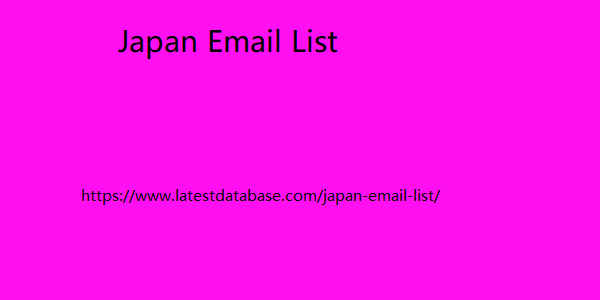|
|
Speed, less friction and better results change happens faster, with less friction and better results when employees adapt resiliently. Many are failing, as workers' daily stress and worry have reached the highest levels ever tracked by gallup since the start of the pandemic . Leaders must be sensitive to this. However, the only way for a company to improve is through change. Employees need to absorb new work styles, strategies and processes to overcome these difficult times and reach better ones. Information fragmentation helps because it directs energy toward the right tasks – the tasks that move organizations toward a better future. Achieving this future is, of course, why change management is a central demand of leadership. A sensitive, logical, and sequential approach to communicating change may be just what leaders need to succeed.The four essential dynamics of hybrid work this article about the four essential hybrid work dynamics you need to keep in mind as you design the future of your workplace was written by jeremie brecheisen, anna truscott-smith, and ben wigert and originally published on the gallup website , represented by brazil by ynner , exclusive partner for the certification of strengths coaches.
The workplace has changed drastically. It is up to leaders to make the best of this situation. According to a study carried out by gallup in february 2022 with more than 12,000 employees of companies in the us, around four in 10 employees are Japan Email List working in a hybrid way (remotely part of the week) or entirely from home. Additionally, regardless of their current situation, nearly seven in 10 workers say they prefer to be fully remote or hybrid. More than that, about eight in 10 “remote-capable employees” – whose work can be done remotely at least some of the time – are currently hybrid or fully remote. A surprising nine in 10 of these remote workers want to be fully remote or hybrid. In response to this desire for remote work flexibility , employers are making long-term plans regarding their future offices and work weeks.

Our latest forecasts indicate that flexible work locations and hours will become the new norm for most offices. Not surprisingly, some leaders are worried. Without a doubt, the challenges are real. In many ways, organizations have had to reinvent their workplaces quickly. The hope, at least for some, was that this was all temporary. It’s now clear that leaders must embrace the benefits and opportunities of a hybrid work world – access to distant professionals , the ability to retain employees even as they experience life changes, and even more productive professionals who manage work the way they want. Better suits them. But there is a danger in thinking of hybrid work as just a way to make office hours and schedules more flexible. Purposeful design should also be a theme on this agenda – creating a flexible work arrangement that promotes a distinctive culture, effective team collaboration, and meaningful relationships.
|
|